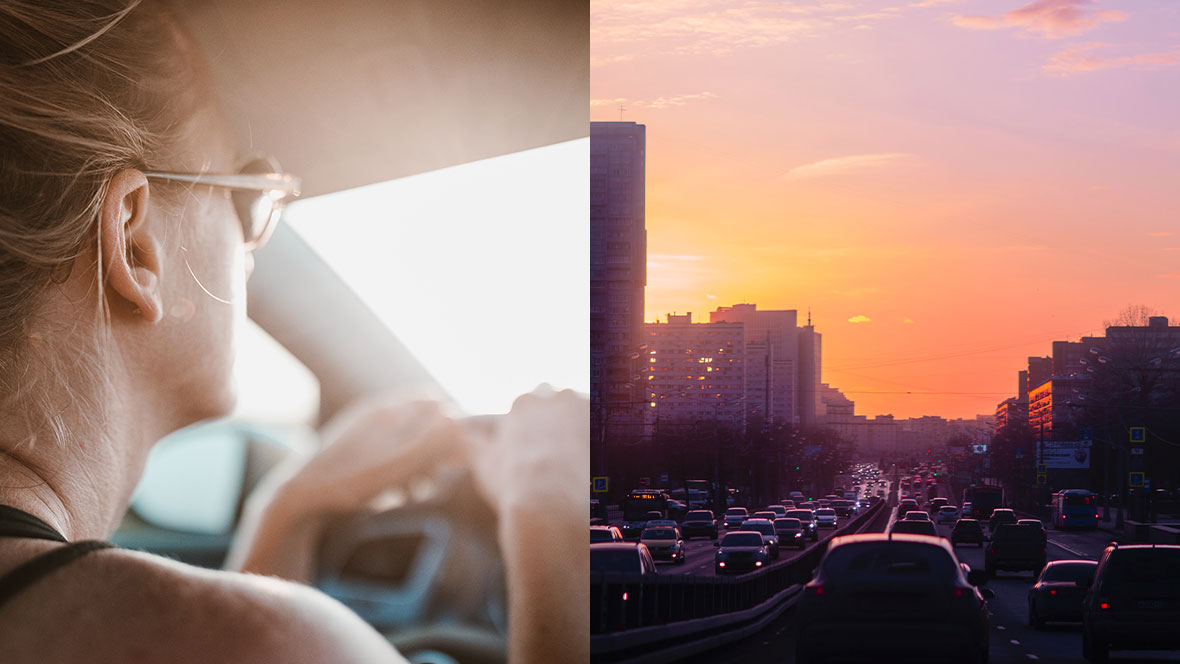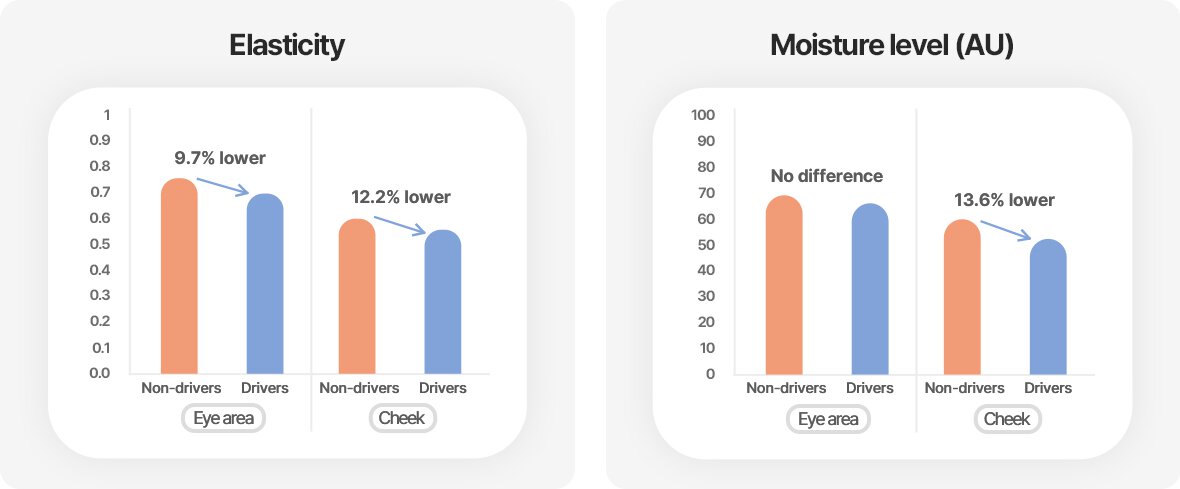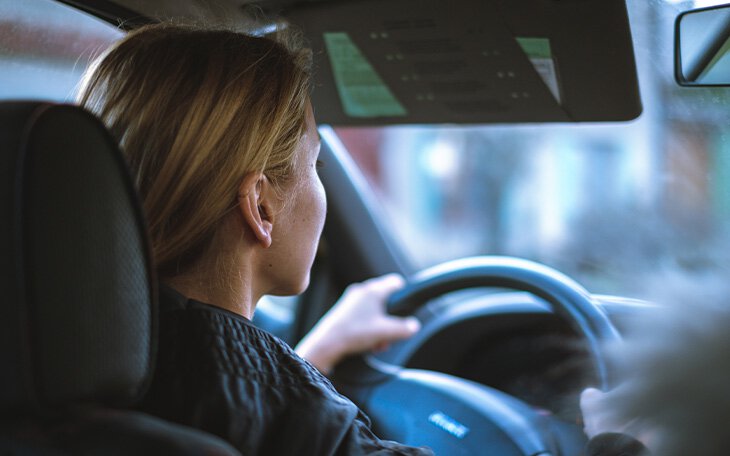
#6 Does Your Commute Age Your Skin?
20230206
A lot has changed in our lifestyle following the pandemic. One of these changes is an increased number of people driving their own car to commute instead of using public transportation for personal hygiene reasons. Such a shift highlights new things: safety first, safety second, and your skin third.
People have been educated through overseas cases or research findings that those who drive for a living have a big difference in the level of skin aging between the left and the right side of their faces. Even if you don’t drive for a long time, a daily routine can still accelerate the skin aging due to the sunlight.
LBLL, devoted to exploring today’s lifestyle and skin concerns, confirmed that the skin of drivers has a lower level of moisture and elasticity than those of non-drivers and also that drivers had more pigmentation and redness on the left side of their faces, which is relatively more exposed to sunlight due to the proximity to the window, compared to the opposite side.
First, they measured the elasticity, moisture level, lipid level, pH and dermal density of the eye area, cheek, and inner arm of 37 drivers aged between 36-52 (who drive on average 1.2 hours a day) and 9 non-drivers. The results revealed a meaningful difference in the elasticity of the eye area and the elasticity and moisture level of the cheek. (However, there wasn’t any meaningful difference on the inner-arm area.)

If you look at the chart above, the drivers’ eye area and cheeks had a lower level of elasticity compared to those who don’t drive. Also, drivers had 13.6% lower moisture level than non-drivers. Women who participated in the research all shared a similar lifestyle except driving. They spent most of their time indoors and used sunscreens.

Next, the lab observed skin brightness, melasma/blemish and redness of the eye area and cheek on both sides of the face for 37 drivers. The eye area and cheek on the left side of the face, more exposed to sunlight due to being relatively closer to the car window, had a darker tone that was irregular with melasma and blemishes and more redness compared to the other side.

If you are going for a drive out into the nature in the cooling weather, or drive to work every day, prepare your own set of shields to avoid the sunlight. Getting a sun visor for the driver’s seat and applying a sunscreen with a high SPF and PA and blue light protection every 2-4 hours can help prevent having two faces.






